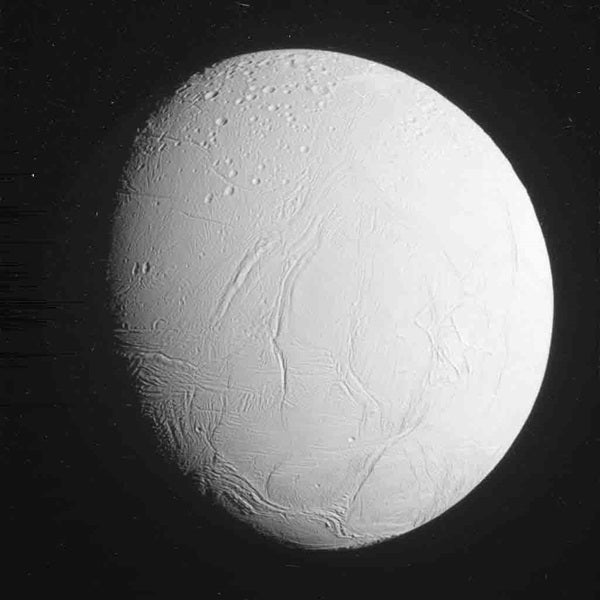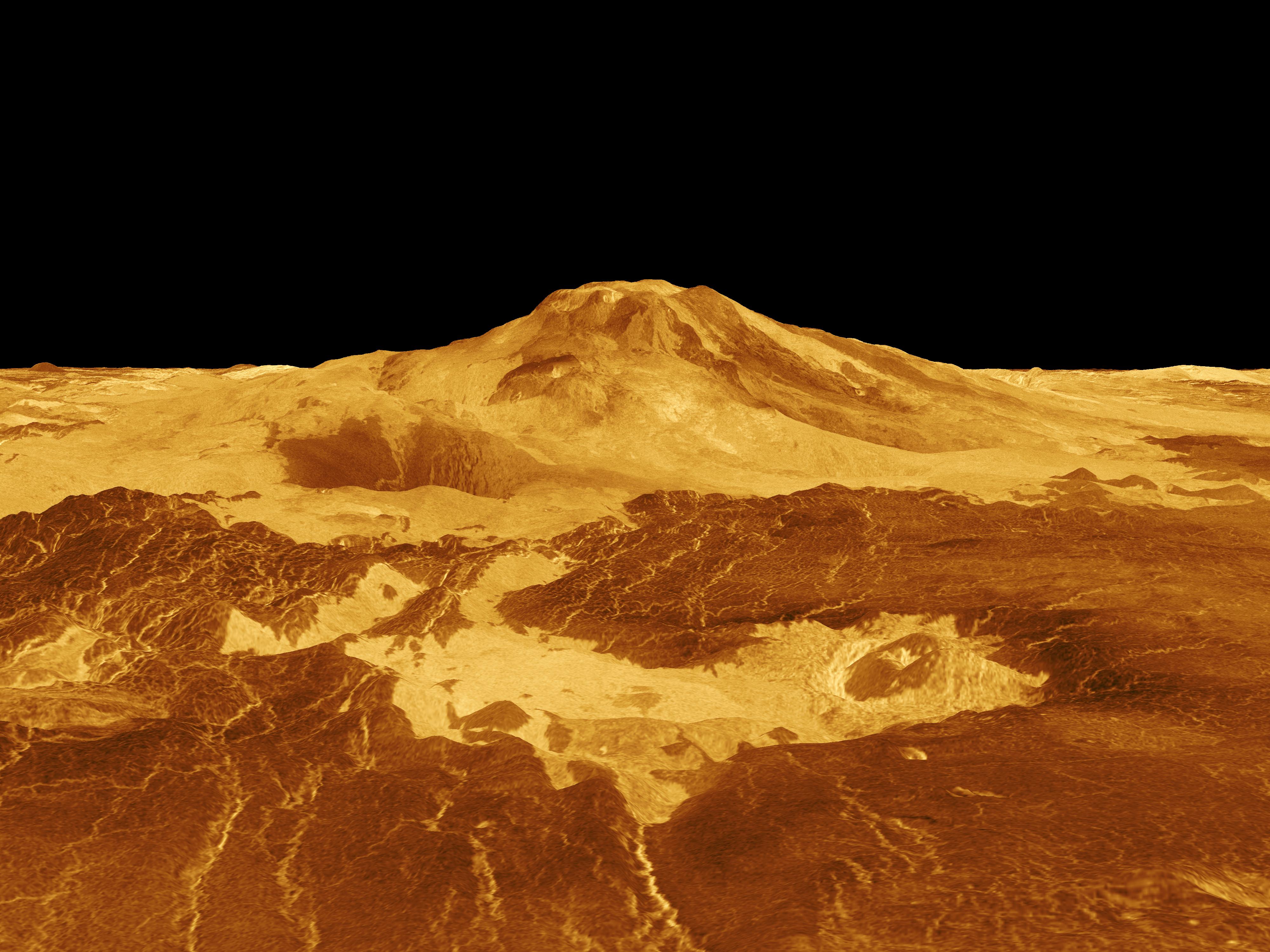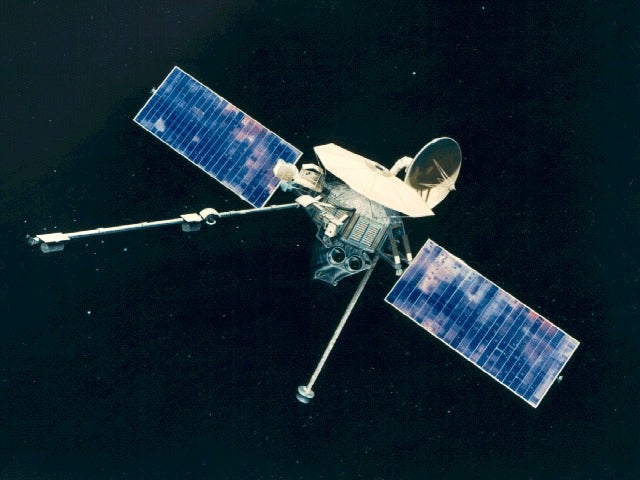“Cassini’s stunning images are providing us a quick look at Enceladus from this ultra-close flyby, but some of the most exciting science is yet to come,” said Linda Spilker from NASA’s Jet Propulsion Laboratory in Pasadena, California.
Researchers will soon begin studying data from Cassini’s gas analyzer and dust detector instruments, which directly sampled the moon’s plume of gas and dust-sized icy particles during the flyby. Those analyses are likely to take several weeks, but they should provide important insights about the composition of the global ocean beneath Enceladus’ surface and any hydrothermal activity occurring on the ocean floor. The potential for such activity in this small ocean world has made Enceladus a prime target for future exploration in search of habitable environments in the solar system beyond Earth.
Cassini’s next and final close Enceladus flyby will take place on December 19 when the spacecraft will measure the amount of heat coming from the moon’s interior. The flyby will be at an altitude of 3,106 miles (5,000km).










